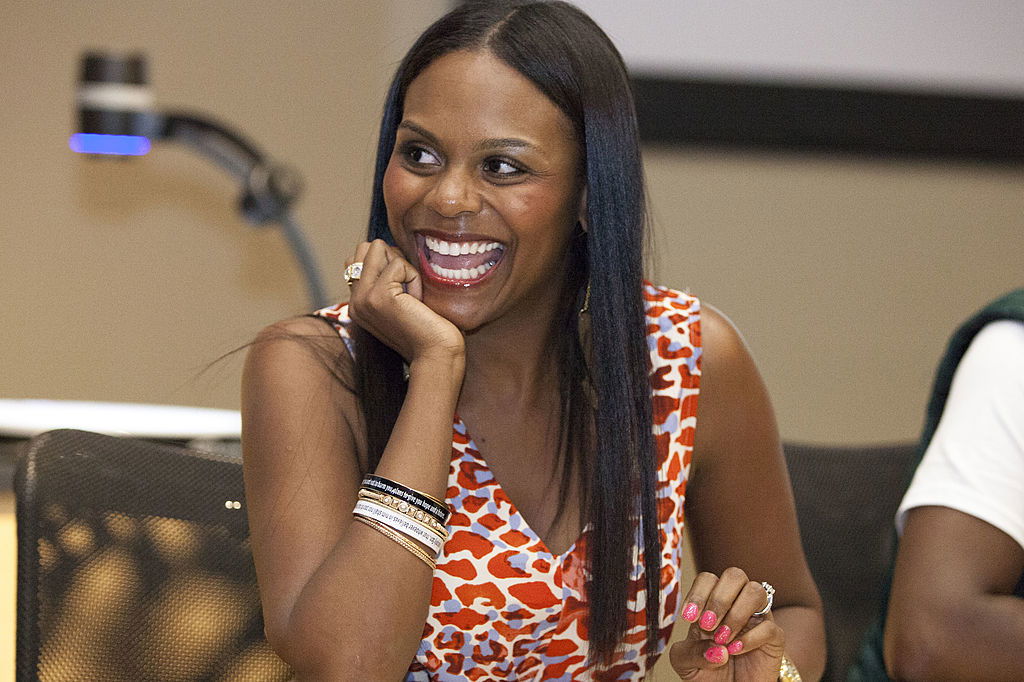Imagine walking into a coffee shop and asking for a free latte or emailing a celebrity to join your podcast. You expect to hear “no,” of course. But instead of shrinking from the rejection, you lean into it.
That’s the premise of rejection therapy, a self-help practice that’s captivated millions on TikTok with over 63 million views. The goal? To strip rejection of its sting by facing it head-on, over and over again.
This might sound like a social media gimmick, but rejection therapy is rooted in a powerful psychological principle: exposure therapy. Introduced by Canadian entrepreneur Jason Comely, rejection therapy encourages people to see rejection as a curiosity to be explored rather than a fear to be avoided. Jia Jiang, who made rejection therapy famous with his “100 Days of Rejection” challenge, showed the world how asking for the impossible—like requesting a burger refill at a fast-food joint—could shift fear into courage and vulnerability into strength.
Cammy Froude, Ph.D., an expert in trauma therapy, has experienced this transformation firsthand. At 20, she started her own rejection therapy journey during what she calls her “people-pleasing intervention phase.”
“I realized I was bending over backward for everyone because I was so scared of hearing ‘no,’” she says. So she flipped the script. At The French Laundry, one of the most exclusive restaurants in the world, she asked the chef for a completely off-menu dish. “They laughed, politely said ‘no,’ and moved on,” Froude recalls. But before she left, the chef asked about her favorite dessert. “I said ‘hot chocolate,’ and they made me the most incredible cocoa I’ve ever tasted,“ she says. “Rejection? Totally worth it.”
This ability to find unexpected rewards in rejection isn’t just for personal growth—it’s also becoming a tool for professional growth. Entrepreneurs, freelancers and business owners are discovering that rejection therapy doesn’t just help them survive after hearing “no”—it also helps them thrive because of it.

Jennifer C. Panning, Psy.D., who has been a licensed clinical psychologist for 20 years, highlights rejection therapy’s value in reframing fear: “Repeatedly experiencing rejection helps people realize it’s not as painful as they feared. Each rejection becomes part of the journey, not a dead end.”
Scientific research backs this premise. Rejection hits the brain in the same areas as physical pain, triggering intense emotions that can be difficult to shake. But as Jessi Gholami, a certified PCIT therapist and licensed clinical social worker, explains, facing rejection intentionally helps you separate the emotional sting from your sense of self-worth. “It’s about seeing rejection as just a response to a specific request, not a reflection of who you are,” she says.
The psychology behind rejection therapy
Rejection therapy draws its strength from exposure therapy, a practice that eases fears through repeated confrontations until they lose their intensity. Panning describes it as a process of building emotional resilience through gradual exposure: The more you face rejection, the less intimidating it becomes. Over time, rejection shifts from an event that defines you to just another piece of feedback.
For individuals with rejection sensitive dysphoria, though, even small rejections can be internally amplified, leading to avoidant behavior and self-doubt. Starting small by asking for something trivial—such as a free coffee refill—can help these individuals chip away at the fear and ease the emotional weight that rejection carries.
Gholami notes that reflection is also essential. “You have to process what happened, how it felt and what you learned,“ she says. “That’s where the real growth comes in… not from the rejection alone but from how you navigate it and move forward.”
But rejection therapy isn’t about pushing yourself recklessly either. Panning warns of the risks of diving in too quickly, especially for those with heightened emotional sensitivity. Starting in familiar, low-pressure environments and pacing yourself can help you build resilience rather than feel overwhelmed.
Ultimately, this practice teaches vulnerability, not just a lesson in tolerating rejection. Panning emphasizes that openness—whether it’s admitting insecurities or taking risks—can create deeper connections and foster resilience. When reframed as a learning tool, rejection becomes not an obstacle but a bridge to stronger emotional health and self-confidence.
Rejection as a growth hack for entrepreneurs
For entrepreneurs, rejection isn’t just an occasional hurdle. More often than not, it’s a constant companion. But instead of viewing rejection as a barrier, those who embrace it often find that it’s a tool for growth. Learning to handle rejection effectively can be the difference between stagnation and opportunity—not just for individuals but for their businesses as a whole.
Urina Harrell, founder and CEO of Vox Pop Branding, knows this lesson well. Early in her career, she shifted her mindset from fearing rejection to reframing it as valuable feedback. “Every ‘no’ is just as informative as a ‘yes,’” she explains.
For Harrell, rejection isn’t a dead end—it’s a pivot point. Whether she’s refining marketing strategies, improving customer pitches or adjusting messaging, rejection serves as data to iterate on, helping her strengthen her approach and find solutions that resonate.
While Harrell’s approach to rejection involves a more gradual, iterative process, Froude has taken a more audacious leap. She’s embraced rejection therapy to the extreme by cold-calling celebrities to pitch her services. “Those bold asks opened doors I didn’t even know were possible,” Froude says. She also credits rejection therapy with helping her double her rates, attract higher-value clients and create a stronger, more profitable business model.
Rejection therapy for teams
Rejection therapy isn’t just about individual resilience—it can also transform how teams and companies operate. Panning notes that fostering a culture of risk-taking through rejection therapy can lead to creative breakthroughs. “Encouraging employees to take bold, thoughtful risks shifts the focus from fear of failure to the pursuit of innovation,” she explains. Even a “no” can generate unexpected opportunities, like referrals or connections, making rejection a pathway to growth.
Ultimately, rejection therapy is about changing the way you perceive failure. Gholami puts it simply: “Every rejection is proof that you tried, that you put yourself out there. Failure isn’t the end—it’s just a step toward something better.”
For entrepreneurs who are willing to embrace it, rejection shouldn’t be a stop sign. Instead, it can be a stepping stone to success.
Photo by Roman Samborskyi/Shutterstock.com




